- Home
- Stainless Steel
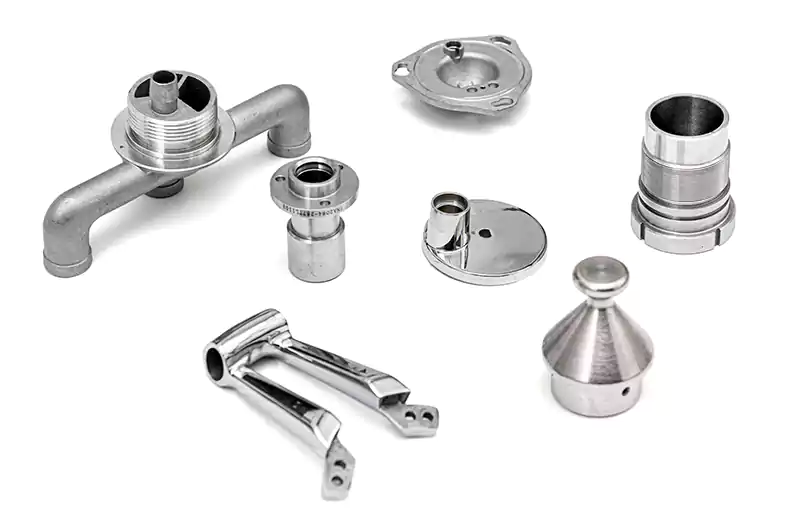
Stainless Steel Casting Designed for You
TLP Casting is a leading stainless steel casting manufacturer that works with various grades of stainless steel alloy, thereby offering a wide range of solutions for every need. We have a one-on-one discussion with you to discuss your needs and how best to serve you.
Having full understanding of all that’s required in achieving the best stainless steel casting, TLP offers various services, such as assistance with design analysis and troubleshooting, rapid prototyping, high-quality production, and hassle-free delivery at a cost-friendly price.
Why Choose Stainless Steel for Investment Cast Parts?
Stainless steel is a ferrous alloy that contains chromium, which offers a protective layer from stains and corrosion. It is highly beneficial for castings used in harsh environments as it’s resistant to high temperatures.
This investment casting material is used to create components for a variety of industries, such as aerospace, medical, automotive, and petrochemical. To enhance the beauty and functionality of castings made with stainless steel, TLP provides secondary operation services, including DFM, CNC machining, and custom finishes.
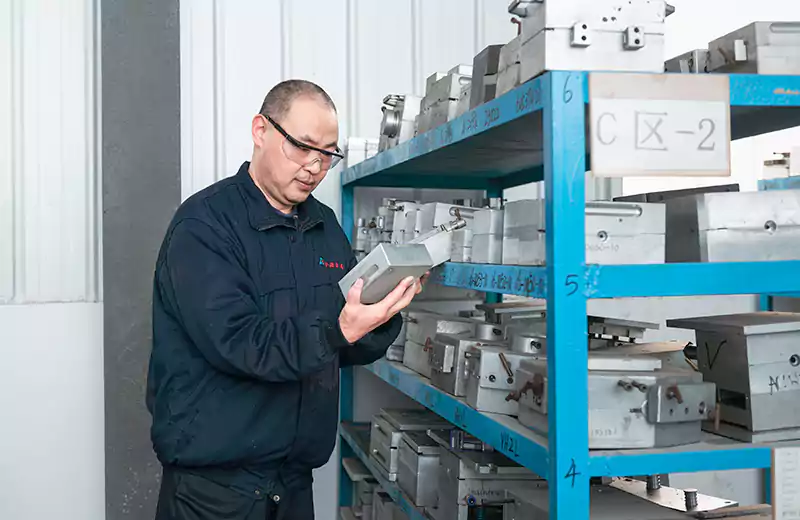
How to Choose Your Stainless Steel Grade
| Alloy | Common Usage |
|---|---|
| 304 | It's widely used in casting parts for the medical, mining, and petrochemical industries. lts application is also popularly seen in the food industry as it's extremely clean and has high resistance to corrosion. |
| 304L / 316L | This stainless steel grade is similar to other 300 series steel; the “L” represents low carbon, which makes it softer but highly resistant to corrosion. It’s often used for casting food & dairy, medical, and petrochemical parts. |
| 316 | Also known for its extreme resistance to corrosion, it’s used for making parts like housings, gears, plates, and other components that are used in the marine, automotive, petrochemical, and food & dairy industries. |
| 410 & 416 | This stainless steel grade features high strength and great machinability. Under intense pressure, it breaks rather than bends. It’s commonly used for making automotive, machine tools, and food & dairy components. |
| 17-4 | This is the strongest of all stainless steel grades and it’s used on parts that cannot bend. It’s used to cast rods, pins, and other components used in medical, machine tool, and military applications. |
Stainless Steel Casting Portfolio
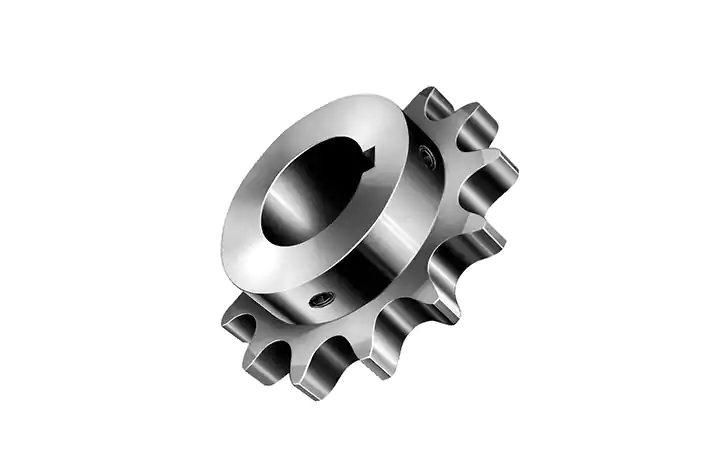
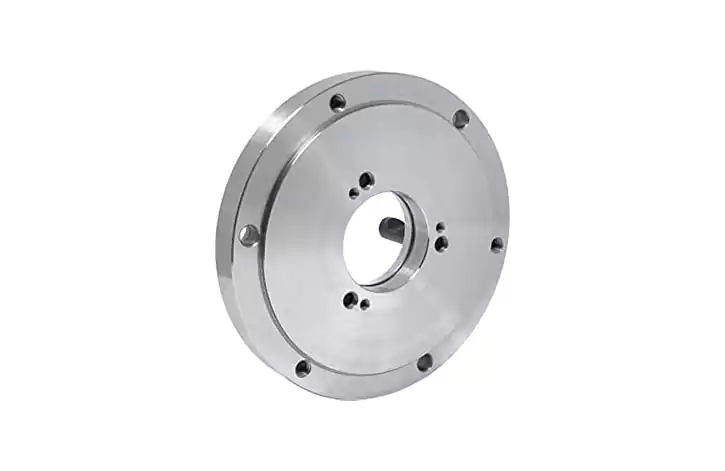
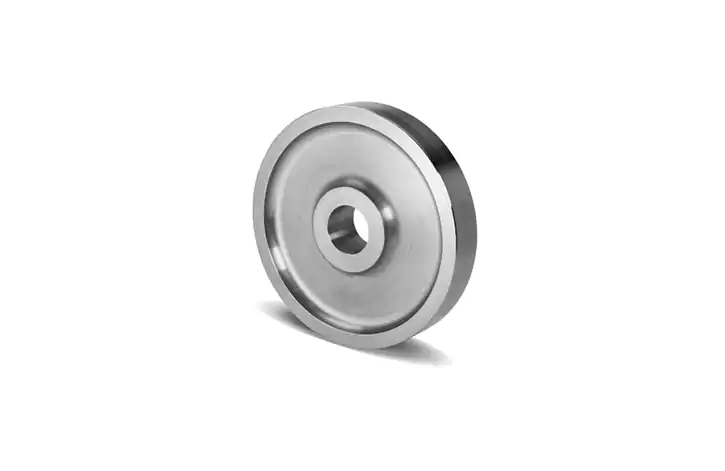
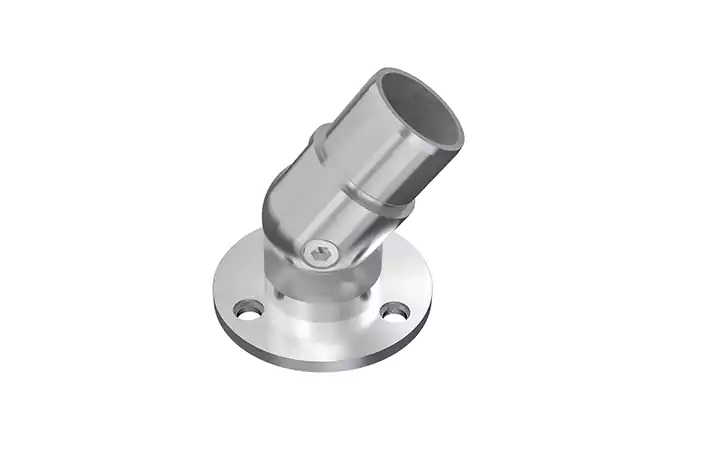
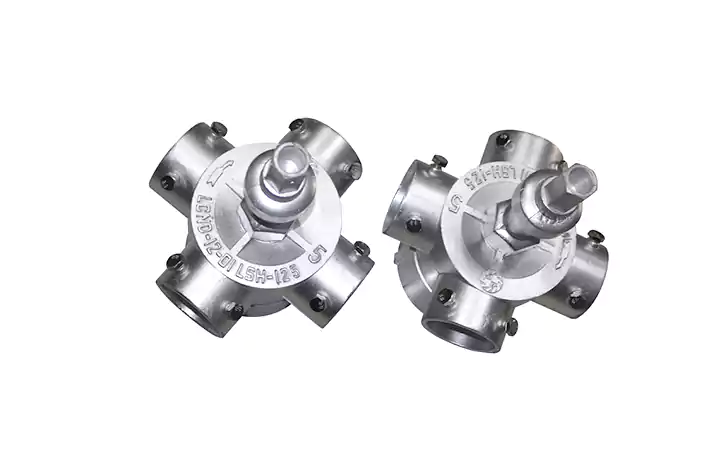
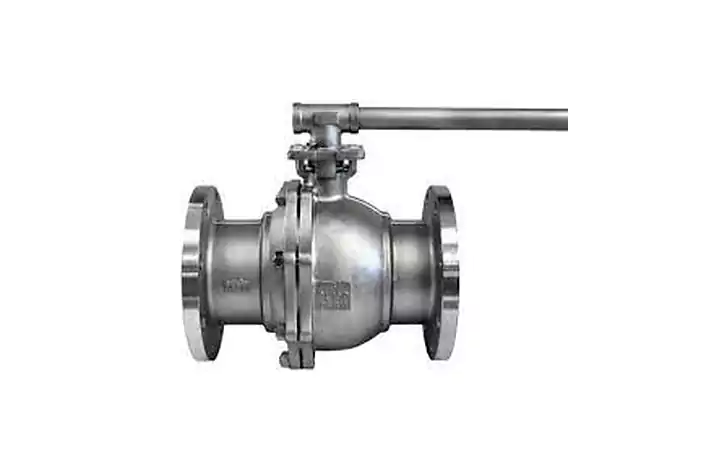
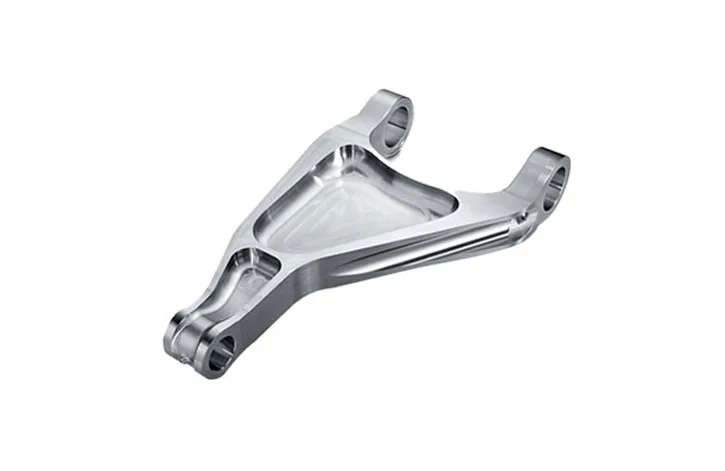
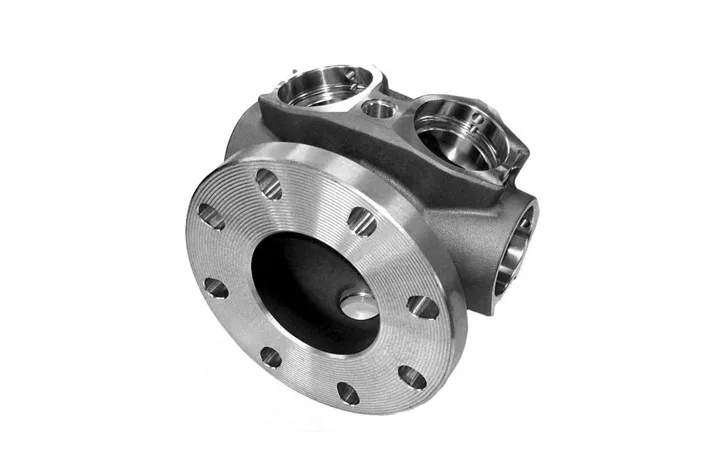
Request A Proposal
Make an appointment to visit factory online.Let our estimating and engineer team assess your project.Receive a proposal and free consultation.


